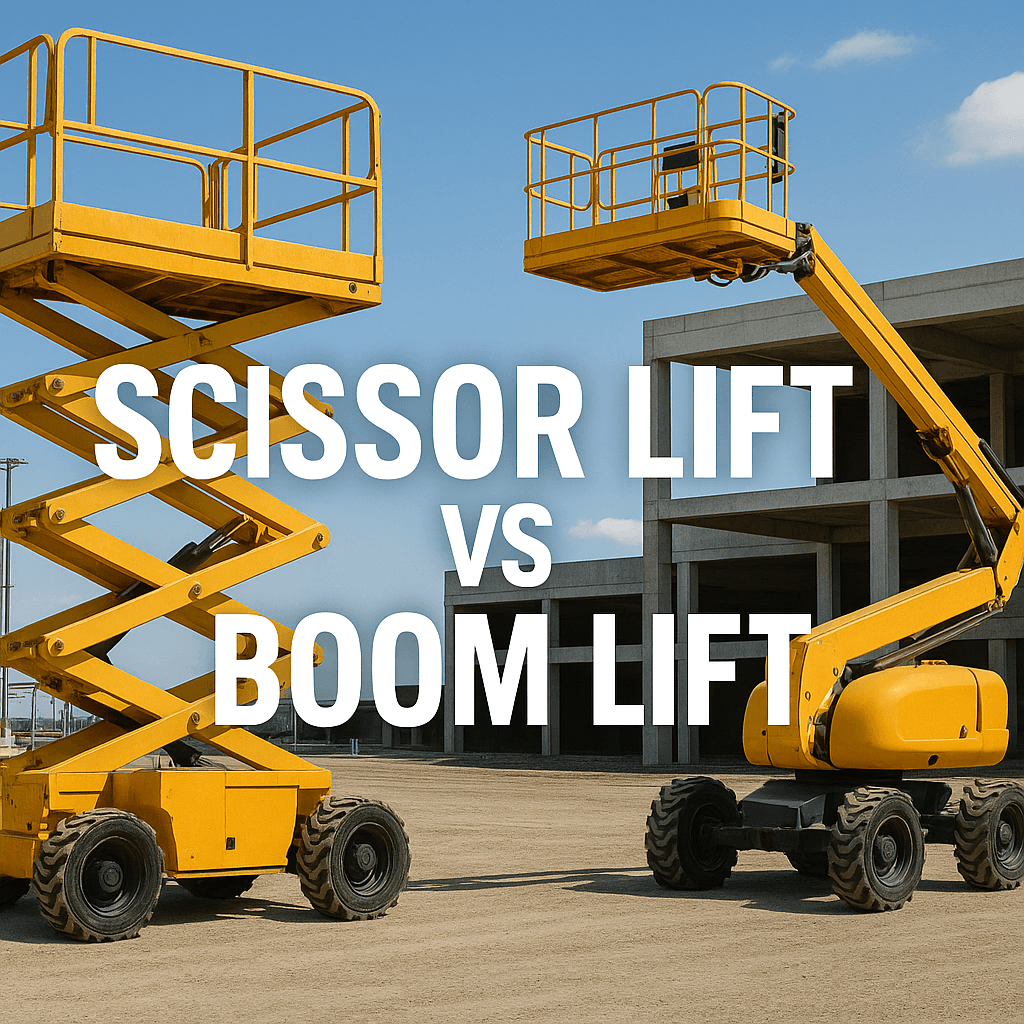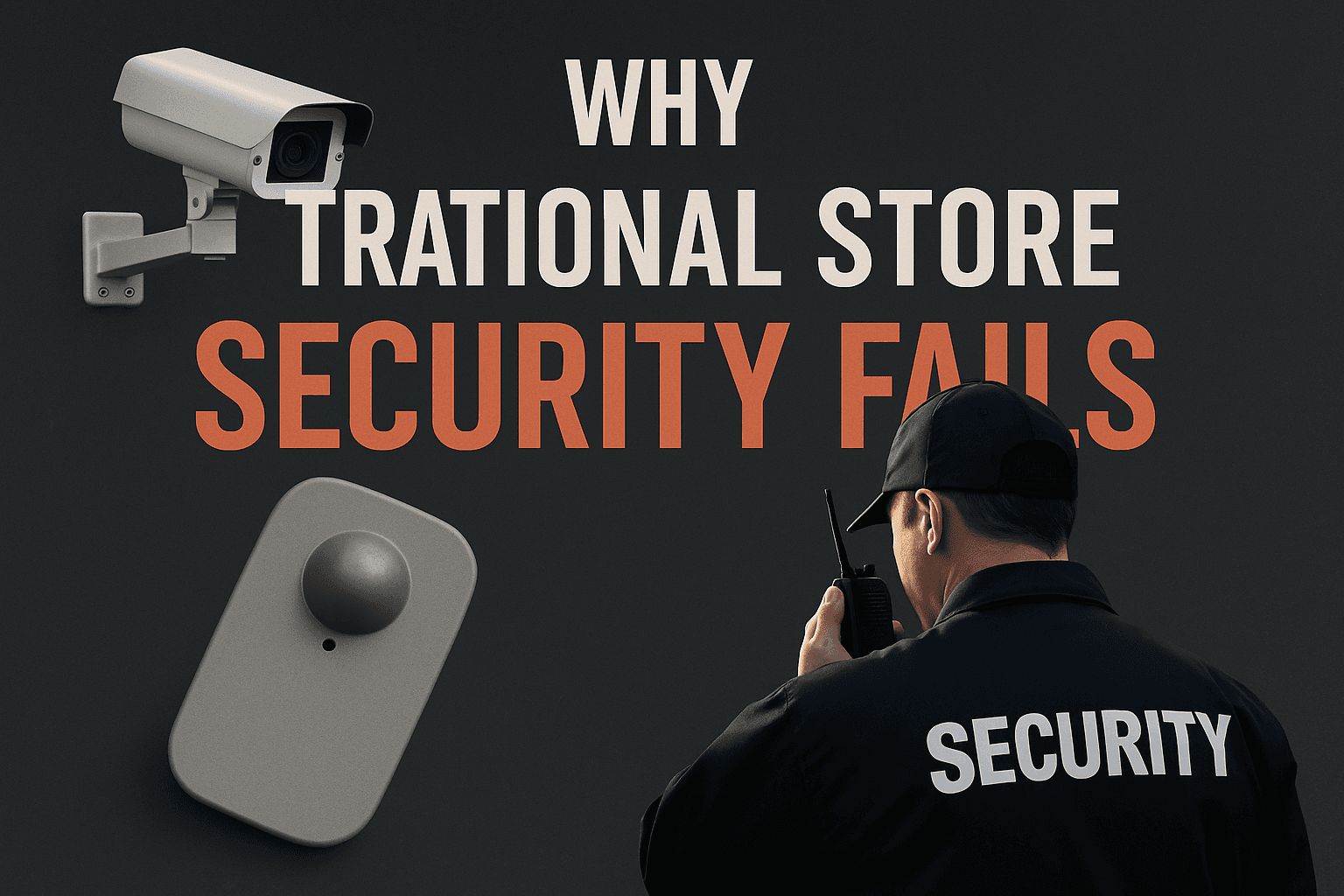Scissor Lifts vs Boom Lifts: A Practical Rental Guide for Construction Pros
Ever stood on a construction site wondering whether to rent a scissor lift or boom lift? You're not alone. This decision can make or break your project timeline—and budget.
When you're working at height, choosing the wrong aerial lift is like bringing a hammer to a screwdriver job. It'll work, but you'll waste time, money, and probably your sanity in the process.
Here's the thing: most rental guides give you vague generalizations. We're going to dig into the real-world details that matter when you're facing a deadline and need to get the job done right.
The Bottom Line Up Front
Need the quick answer?
- Choose scissor lifts for indoor work, multiple workers, heavy materials, and heights under 40-50 feet
- Choose boom lifts for outdoor jobs, heights over 60 feet, and when you need to reach over obstacles
Now, let's dive into why these choices matter for your specific situation.
Cost Comparison: What You'll Actually Pay
Scissor Lifts: The Budget-Friendly Option
Scissor lifts typically cost $230-$993 per week, with smaller models averaging around $200 per day for 19-30 foot reach. Here's what you can expect:
- 40-foot electric scissor lift: ~$630/week
- Smaller models (19-30 ft): ~$200/day
- Operating costs: Minimal for electric (just battery charging), moderate fuel costs for diesel models
Boom Lifts: Premium Pricing for Premium Reach
Boom lift rentals range from $468-$3,227 per week depending on size and capabilities:
- 40-foot electric boom lift: ~$728/week
- Large models (80+ ft): $1,500+ per week
- Operating costs: Higher fuel consumption due to larger engines and complex hydraulics
Pro tip: Don't forget delivery charges, insurance, and fuel costs in your budget. Electric scissor lifts win on operating costs—just plug them in overnight instead of filling a diesel tank daily.
When to Choose Each Type: Real-World Scenarios
Scissor Lifts Excel When You Need:
Indoor Work Imagine you're installing LED lighting in a 50,000 sq ft warehouse. A compact electric scissor lift can:
- Fit through standard doorways (some models are just 30-32 inches wide)
- Operate emission-free in enclosed spaces
- Carry your entire lighting crew plus fixtures on one stable platform
Team-Based Tasks Installing HVAC ducts on a mezzanine level? Scissor lifts let 2-4 workers collaborate at height, passing materials and coordinating installation without constant trips up and down.
Heavy Material Handling Need to lift a 800-pound generator to a second floor? Most scissor lifts handle 500-1,000 lbs (some up to 2,000+ lbs), while boom lift baskets max out around 500 lbs.
Boom Lifts Dominate When You Need:
Extreme Height Working on a 10-story building facade? Boom lifts reach 100-180+ feet—territories where scissor lifts simply can't go (most max out at 60-70 feet).
Obstacle Navigation Picture this: You need to fix a sign on the side of a building, but there's a parking lot full of cars below. A boom lift parks at the edge and extends over the obstacles. A scissor lift would need the entire area cleared.
Rough Terrain Construction site looks like a moonscape? Boom lifts with 4WD and outriggers can handle slopes up to 5° and navigate dirt, gravel, and uneven ground where scissor lifts would get stuck or tip over.
Productivity Factors That Actually Matter
Platform Capacity: More Hands vs. More Reach
Scissor lift advantage: Large platforms (4-6 feet wide, up to 20 feet long with extensions) let teams work together efficiently. Perfect for assembly work, heavy installations, or tasks requiring multiple skill sets at height.
Boom lift advantage: While limited to ~500 lbs capacity, the precision positioning means one skilled operator can accomplish complex tasks that would require repositioning a scissor lift multiple times.
Setup Speed: Time is Money
Scissor lifts: Drive to position, raise, and work. Setup time is minimal on level ground.
Boom lifts: Factor in outrigger deployment, area clearance checks, and boom positioning. However, once set up, you can cover a wider work area without moving the base.
Safety: What You Need to Know
Fall Protection Requirements
- Scissor lifts: Guardrails provide primary protection (though harnesses are recommended best practice)
- Boom lifts: Full-body harness and lanyard are mandatory—no exceptions
Stability Considerations
Scissor lifts are stable but finicky: They need level ground (within 2.5° of horizontal). Even a small slope can create tip-over risk, especially with workers moving around the platform.
Boom lifts handle rough terrain better: Built-in leveling systems and outriggers compensate for uneven ground, but the extended boom creates different stability challenges.
Wind matters for both: Scissor lifts catch wind like a sail due to their large platform. Boom lifts are more susceptible at extreme heights. Most have wind speed limits around 28 mph.
Site Preparation: Getting Ready for Success
Scissor Lifts Need:
- Level, firm surfaces (concrete floors, level ground)
- Clear pathways wide enough for the base
- Floor load capacity verification (large scissors can weigh several thousand pounds)
Boom Lifts Need:
- Ground clearance for the boom's swing radius
- Overhead hazard assessment (power lines, structures)
- Access route planning (they're larger and need more maneuvering space)
Decision Framework: Choose the Right Tool
Ask yourself these four questions:
1. How high do you need to go?
- Under 40 feet: Either could work, choose based on other factors
- 40-60 feet: Scissors at their limit, booms getting comfortable
- Over 60 feet: Boom lift is your only option
2. Do you need horizontal reach?
- Straight up only: Scissor lift is perfect
- Need to reach over/around obstacles: Boom lift required
3. How many workers and how much material?
- Multiple workers + heavy materials: Scissor lift wins
- Solo operator with tools: Boom lift is fine
4. What's your work environment?
- Indoor/finished surfaces: Scissor lift (especially electric)
- Rough terrain/outdoor: Boom lift

The Real-World Bottom Line
Here's what 20+ years in construction teaches you: the cheapest option that gets the job done safely is always the most expensive option.
Rent a scissor lift for a job that needs boom lift reach, and you'll waste days repositioning and potentially create safety hazards. Rent a boom lift for a simple indoor installation, and you'll blow your budget on unnecessary capability.
Start with your job requirements, not your budget. Safety and efficiency should drive the decision—cost savings follow naturally when you choose the right tool.
Still not sure? Call your rental company and describe your specific job. Experienced rental pros have seen it all and can help you avoid costly mistakes.
Ready to rent? Make sure your operators are properly certified, inspect your equipment daily, and always prioritize safety over speed. Your crew (and your insurance company) will thank you.
Looking for more construction equipment guidance? Check out our guides on [forklift rentals], [excavator selection], and [scaffold systems] to make sure you're equipped for success on every project.
Keep Track of Your Equipment Investment
Whether you're renting scissor lifts, boom lifts, or managing an entire fleet of construction equipment, knowing where your assets are and how they're being used is crucial for profitability. Equipment theft costs the construction industry billions annually, and inefficient equipment utilization can kill project margins.
Hapn's telematics and GPS tracking solutions help construction professionals like you:
- Monitor equipment location and usage in real-time
- Prevent theft with instant alerts and geofencing
- Optimize utilization rates and reduce unnecessary rental costs
- Track maintenance schedules to avoid costly breakdowns
- Improve operator accountability and safety compliance
Learn how Hapn can protect and optimize your equipment fleet →
Looking for more construction equipment insights? Our team understands the challenges of managing equipment across multiple job sites. Contact us to see how the right tracking solution can transform your operations.


